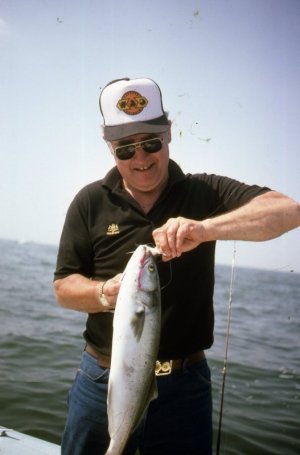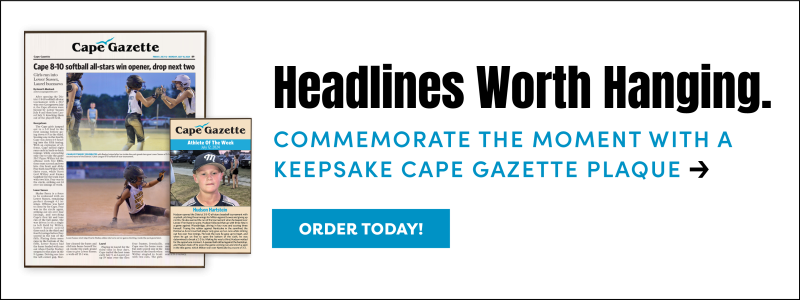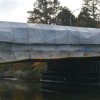I am sorry to be so late with these recent tournament results. Normally, I would have covered these two events in person, but due to my current health situation, I can’t leave the house.
The Lewes Harbour Marina Canal Flounder Tournament raises money for pancreatic cancer research in memory of Joe Morris, who was taken from us much too soon by that dreaded disease. The winners and their prizes are: First place, Isaac Mitchell, 4.34 lbs., $6,000; second place, Chad Mitchell, 4.01 lbs., $2,500; and third place, Luke Stum, 3.98 lbs., $1,500.
The Cast for a Cure Surf Tournament donates all of the entry fees to Beebe Healthcare’s Tunnell Cancer Center. The winning teams receive trophies made by Brandy Thomas. There is an awards banquet where raffles are held, and they raise even more money for the cancer center. Results are as follows: First place, Team Ramrod, 45 points; second place, Team DMS 2, 19 points; and third place, Team Racin’ Reels, 14 points.
Weakfish, trout, gray trout
That’s right, all three are the same fish. It depends on where you are as to what the fish is called. In Delaware it’s a trout, in New Jersey it’s a weakfish and in Virginia it’s a gray trout. No matter what you call the fish, there was a time when it ruled the Delaware and Chesapeake bays.
Back in the 1950s, when my grandfather and I would fish in a rented wooden boat out of Slaughter Beach, it was a rare thing to catch a trout. On one trip, during slack water, we both caught a trout over 25 inches.
When I came home from the Navy in 1965 and started fishing Indian River Inlet, I would catch the occasional trout there and from the surf. When my late brother-in-law Paul Coffin bought a 1972, 22-Mako and we began to fish Delaware Bay, we caught more and bigger trout every year.
Finally, I bought a 20-foot Bertram, and Jack Nylund started the World Championship Weakfish Tournament. The 1980s saw trout fishing like nothing ever seen before. The tournament drew 150 boats for three days and was a boom for Milford. I was there for the entire week and used my Bertram as the press boat until 1989, when I moved to Virginia Beach. A terrible squall line moved through the fleet that year, causing the loss of one fisherman.
From that year on, the trout population began to dwindle. It hit rock bottom to the point where we never saw a single trout all year.
Why? I wish I knew. I used to believe that man could fix fish populations. My experience with striped bass has taught me otherwise. The only force that can fix a fish population is Mother Nature. All we humans can do is try to protect what’s left so there are fish available to reproduce when conditions are correct.
Catchin’ trout
Every year, I see more and bigger trout in my fishing reports. I also have encountered schools of small trout out in Delaware Bay.
If you happen to come across a school of small trout, please move away. These small fish are delicate, and can’t survive catch-and-release.
If you want to spend your time looking for large trout, have at it. These fish will be found tight to structure, such as the Outer Wall, the Ferry Wall and reef sites. You may also find them at Indian River Inlet, especially near the Coast Guard Wall at night.
The No. 1 lure for me is a yellow bucktail with a purple worm. Heaven only knows what that imitates, but trout think it’s good to eat.
Another good lure is the MirrOLure. Use the red head with a white body for daytime, while the black or purple will do the job at night.
Please crush the barbs on all your lures to make them less damaging to the fish.
I hope you will practice catch-and-release with the big trout. The bag limit is still one fish at 13 inches, and I think most of us can go without one weakfish.
Early and late
Summer is here, and with it, lots of people will be on the beach and at Indian River Inlet. You need a reservation to be on the beach from 8 a.m. until 4 p.m. on the weekends. If you get up on the beach before sunrise and are off by 8 a.m., you will have the best fishing time and avoid the hassle of getting a reservation. The same is true if you go up after 4 p.m. and stay until dark. These will be the best times to fish the surf, and the number of anglers should be far less than during the rest of the day.
























































